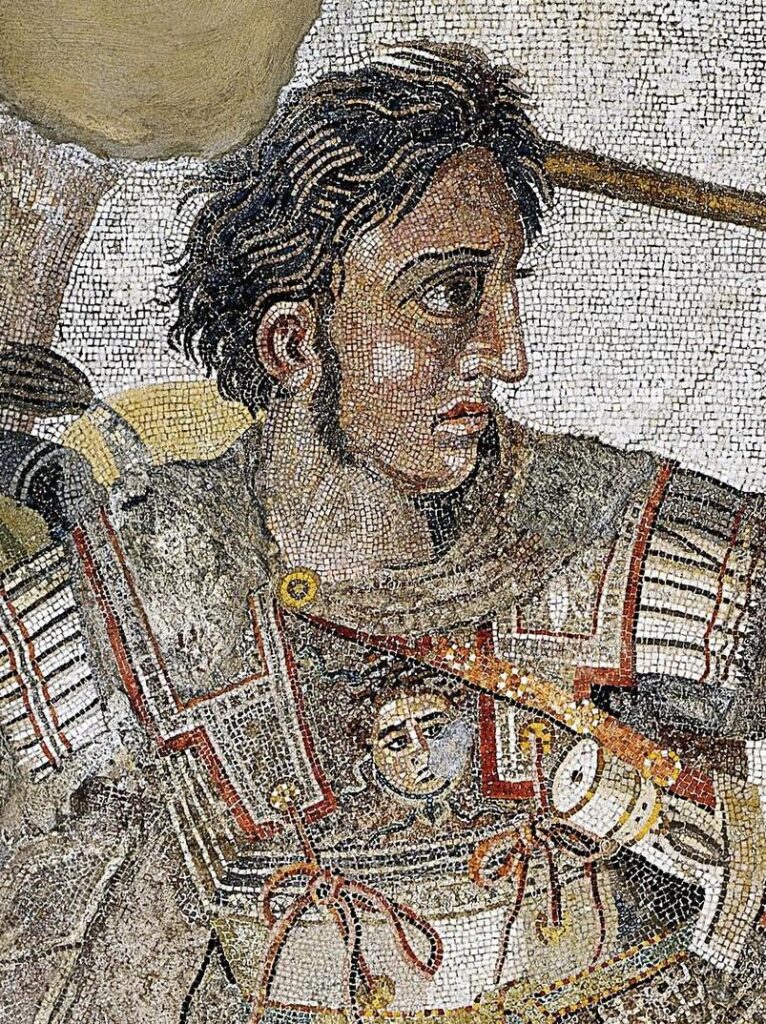A New History of Cleopatra and Alexander the Great Makes the Case for Hellenism
The Ptolemaic period in Egypt was glittering — but no match for a rising Rome.

‘The Last Dynasty: Ancient Egypt From Alexander the Great to Cleopatra’
By Toby Wilkinson
W.W. Norton, 384 Pages
Few figures from the ancient world grip the modern imagination as powerfully as Alexander the Great and Cleopatra VII, the last pharaoh. They are the bookends for Egyptologist Toby Wilkinson’s new history of Ptolemaic Egypt, “The Last Dynasty.” The story starts with Alexander, the Macedonian conqueror who by age 30 had won an empire that stretched to India from Greece. It ends with a Roman marching into the city that bears his name.
Egypt was already ancient when Alexander conquered it from the Persians in 332 before the common era. He made his way down from Gaza, and was crowned at the Temple of Ptah at Memphis and then was judged to be a god by the oracle of Amun-Ra at the Siwa Oasis in the fastness of the Libyan desert. The conqueror did not linger, but before he rode off into Asia he founded Alexandria, a city of wonders from which Egypt would be ruled for centuries.
Mr. Wilkinson’s story really gets going with Alexander’s successor, Ptolemy. He was one of the Great’s generals, and after Alexander died at Babylon, he hastened to Egypt to claim that corner of the kingdom — first as a mere satrap and only later as a king. His legitimacy was bolstered by swiping Alexander’s body, which was en route back to Macedonia. Housed in a magnificent mausoleum, it became a totem for the dynasty that proceeded from Ptolemy.
The reign of the Ptolemies would be more successful — and longer lasting — than that of the rival Diadochi, or generals and confidantes of Alexander who scrambled to hold on to chunks of his far-flung empire. Out of their conflicts was born the Hellenistic Age, which would draw to an end when Cleopatra breathed her last in 32 before the common era. No dynasty in Egypt’s history ruled the Two Lands for longer than the Ptolemies.
Mr. Wilkinson contends that the Ptolemaic period is betwixt and between — “too late for Egyptologists, too early for Roman historians.” He comes, though, to champion this time as “vibrant and cosmopolitan” and a “period that shaped, not only Cleopatra’s life and reign, but the world of ideas we still inhabit. A period like no other in history.” Even as Greece brought new perspectives, “the old gods continued to watch over the land of Egypt.”
Like any hereditary dynasty, the Ptolemies had their peaks and valleys. Ptolemy II and Ptolemy III — its Ptolemies all the way down — were inspired leaders who harnessed the wealth of the Nile and the storehouses of the pharaohs to create a realm of fabulous wealth. And not only of gold and grain. The Library of Alexandria became a storehouse of wisdom. The city’s lighthouse — a wonder — was for centuries the tallest man-made structure in the world.

At their best the Ptolemies managed to blend the learning of Athens with the ancient folkways of Upper and Lower Egypt. They performed observances to the old divinities of the Nile as well as Zeus, Aphrodite — and Alexander. They even invented a new deity to symbolize their hybrid rule. Serapis blended characteristics of Osiris and Apis with the aspects of the Greek pantheon. The Talmud speculates that Serapis derived from the biblical Joseph.
Soon enough the Ptolemies were deifying themselves. They also began to marry their sisters, which was common enough for Egyptian royalty but scandalized the Greek-speaking populace, which amounted to Egypt’s upper-class. Alexandria was a veritable Babel, with a sizable Jewish population from Judea as well as communities from across the ancient world. Racial strife — and riots — were a persistent threat.
The one threat that the Ptolemies couldn’t best was a rising Rome. At first the Republic appears offstage, at war with Carthage but too distant to be a threat. Over time, though, Mr. Wilkinson reports that Rome’s “unstoppable military might” was “extending its writ deep into Hellenistic territory.” Where the Ptolemies sought to honor pharaonic culture even as they adapted it, the Romans came to conquer and colonize. A history of 3,000 years came to an end.
That endgame has since passed into myth and Shakespearian art, but Mr. Wilkinson tells it clearly and compellingly. Cleopatra, who comes off every inch a pharaoh, attempts to save her kingdom and her life by aligning with two older men in succession, Julius Caesar and then Mark Anthony. For a spell it appears as if she has succeeded. Victory, though, belonged to Octavian, well on his way to becoming Caesar Augustus. A new empire arose.

